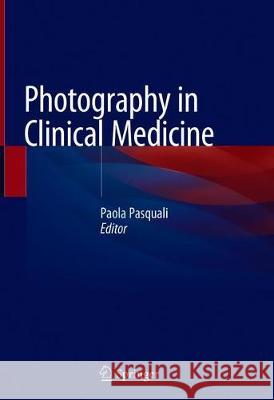Photography in Clinical Medicine » książka
topmenu
Photography in Clinical Medicine
ISBN-13: 9783030245436 / Angielski / Twarda / 2020 / 747 str.
Kategorie BISAC:
Wydawca:
Springer
Język:
Angielski
ISBN-13:
9783030245436
Rok wydania:
2020
Wydanie:
2020
Ilość stron:
747
Waga:
1.48 kg
Wymiary:
25.91 x 19.56 x 3.05
Oprawa:
Twarda
Wolumenów:
01
Dodatkowe informacje:
Glosariusz/słownik











